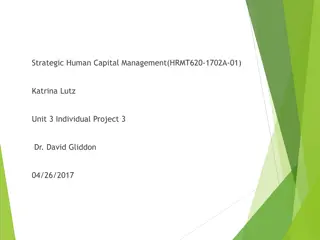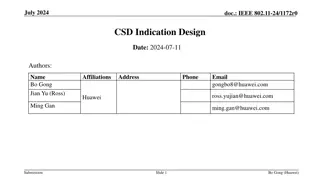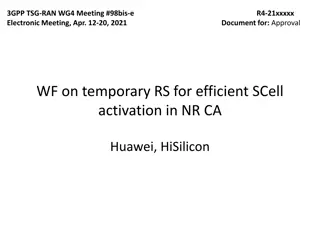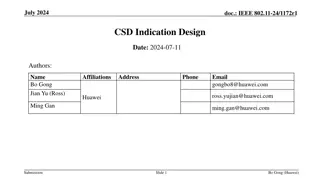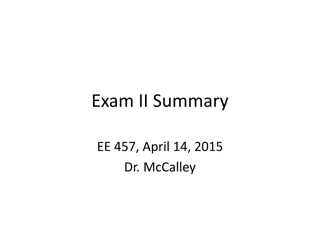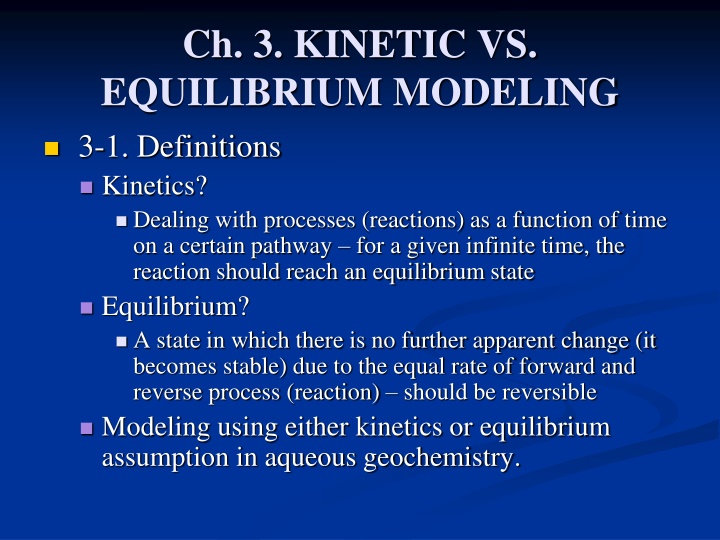
Kinetic vs. Equilibrium Modeling in Aqueous Geochemistry
Explore the definitions of kinetics and equilibrium modeling, the applicability of these models based on residence time and half-life, distinctions between elementary and overall reactions, and assignments for further study in this field.
Download Presentation

Please find below an Image/Link to download the presentation.
The content on the website is provided AS IS for your information and personal use only. It may not be sold, licensed, or shared on other websites without obtaining consent from the author. If you encounter any issues during the download, it is possible that the publisher has removed the file from their server.
You are allowed to download the files provided on this website for personal or commercial use, subject to the condition that they are used lawfully. All files are the property of their respective owners.
The content on the website is provided AS IS for your information and personal use only. It may not be sold, licensed, or shared on other websites without obtaining consent from the author.
E N D
Presentation Transcript
Ch. 3. KINETIC VS. EQUILIBRIUM MODELING 3-1. Definitions Kinetics? Dealing with processes (reactions) as a function of time on a certain pathway for a given infinite time, the reaction should reach an equilibrium state Equilibrium? A state in which there is no further apparent change (it becomes stable) due to the equal rate of forward and reverse process (reaction) should be reversible Modeling using either kinetics or equilibrium assumption in aqueous geochemistry.
Can you distinguish the following terms? Equilibrium vs. Disquilibrium Partial equilibrium Local equilibrium
3-2. Applicability of Kinetic or Equilibrium Modeling Residence time ( R): The time for a substance to stay in the given system (see eqn. 2.5 in the text). Half-life (or half time of reaction) (t1/2): The time required for half-completion of the process (reaction), assuming no reverse reaction and absence of initial products. (see eqn 2.6 in the text). If R>>t1/2: Equilibrium model applicable. Otherwise, a kinetic model should be used. Fig. 2.2 on p.54 for the various R. Table 2.1 on p.55 for reaction types and their t1/2.
3-3. Kinetics Elementary vs. overall reactions Order of an elementary reaction Order of an overall reaction (determined by a stoichiometry eqn 2.18, 2.19 on p. 57) How to derive an kinetic equation? (in a differential equation form) See Table 2.2 and Fig. 2.3. for the kinetic expressions of some reactions Effect of T: Arrehnius equation (eqn 2.29, p.60) See Eavalues for various reactions on p. 62.
Assignments: Read examples (from p.68 to 78), especially those corresponding to one s thesis subject. Solve the Problems #2, #3, #4, #8




